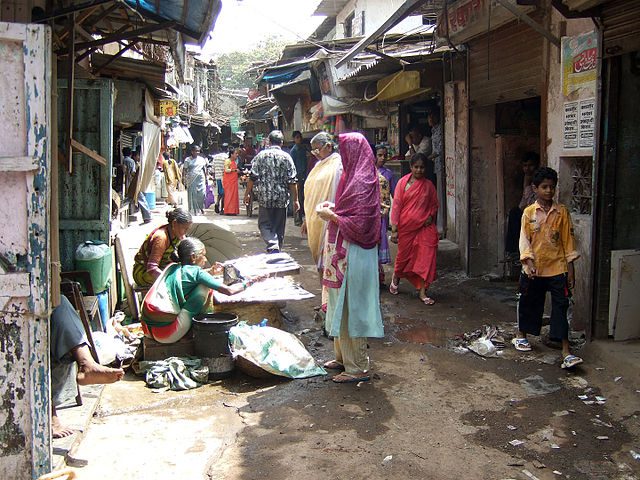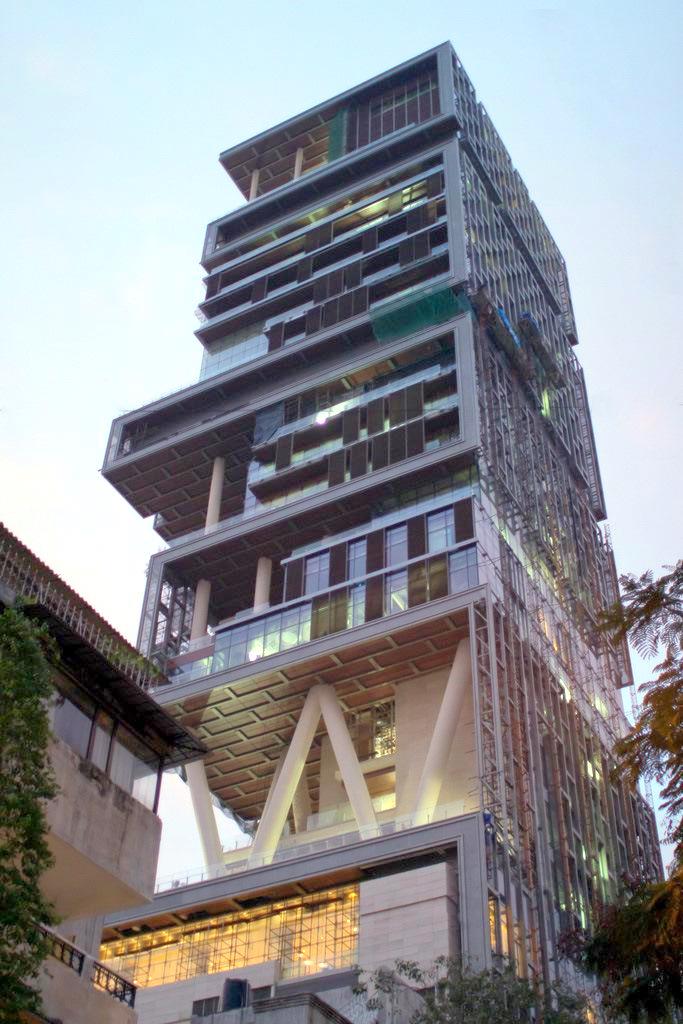As the largest residential skyscraper in the world, Antilia, with its staggering price tag of two billion dollars, towers majestically over the city of Mumbai. Yet, beneath its extravagant shell lies a tale that has been a subject of significant controversy.
Located in a city where approximately 62% of the population subsists within the confines of sprawling slums, Antilia’s extravagant display of wealth creates a sharp and jarring contrast. The majority of the city’s inhabitants survive on an average income of a mere $2 a day, casting Antilia’s luxury in a stark, unnerving light.
The mammoth structure that now dominates Mumbai’s skyline stands as an ostentatious symbol of opulence in the face of the city’s profound economic disparity. Named after a mythical island, Antilia seems to embody a realm as distant and unattainable to most Mumbai residents as the folklore it takes its name from.
To many, the world’s largest house presents a strikingly inequitable image that borders on the grotesque. Yet, to others, it is an architectural marvel, a testament to the heights of human achievement. Such is the dichotomy of Antilia, a building that has simultaneously fascinated and infuriated, captivating the world with its grandeur while eliciting debates about the cost and ethics of such extreme wealth.
Who lives in a house like this? The world’s sixth richest man, billionaire Mukesh Ambani, and four members of his family. Also sharing the 400,000 square feet (over 37,161 m2) of space are the 600 members of staff required to keep the house properly serviced 24 hours a day, seven days a week.

Who built the biggest house in the world?
An Australian construction company, Leighton Holdings, began building the huge cantilevered home, designed by an American firm of architects, in 2010 and completed the build four years later. Although, at over 567 feet (173 m) tall, the tower is enormous. To ensure that the residents are raised high above the pollution and stench of ground-level Mumbai air, it has only 27 floors. Most buildings this high would have as many as 60 floors, but Antilia has been created to have rooms with extra high ceilings to create space and light.
What’s inside?
The first six stories of the largest house in the world are devoted entirely to the garage. Ambani must be expecting a lot of visitors as there is room for over 170 cars, as well as a service station, just in case any of them should need attention. The garage leads to the lobby of the house, where nine turbo lifts will zoom you to their designated floors. Of course, you could avoid the traffic and use one of the three rooftop helipads. Naturally, the building has an entire floor dedicated to air traffic control.
A modest six stories house the family’s living quarters, which include 12 bedrooms, and numerous lounges and reception rooms. Each floor has its own uniquely themed interior design, all incorporating a central theme of the sun and lotus flowers. The rest of the space is needed for all those other necessities, such as your own temple, a 50-seat cinema, several swimming pools, and a glitzy ballroom.
The hanging gardens of Antilia cover another four floors and include an ecosystem designed to absorb sunlight so that the house is warm in winter and cool in summer. This environmentally friendly touch is, however, canceled out by the building’s electricity consumption, which produced India’s highest-ever energy bill in its first month of use. Unsurprisingly, the world’s biggest house is also the most expensive!


